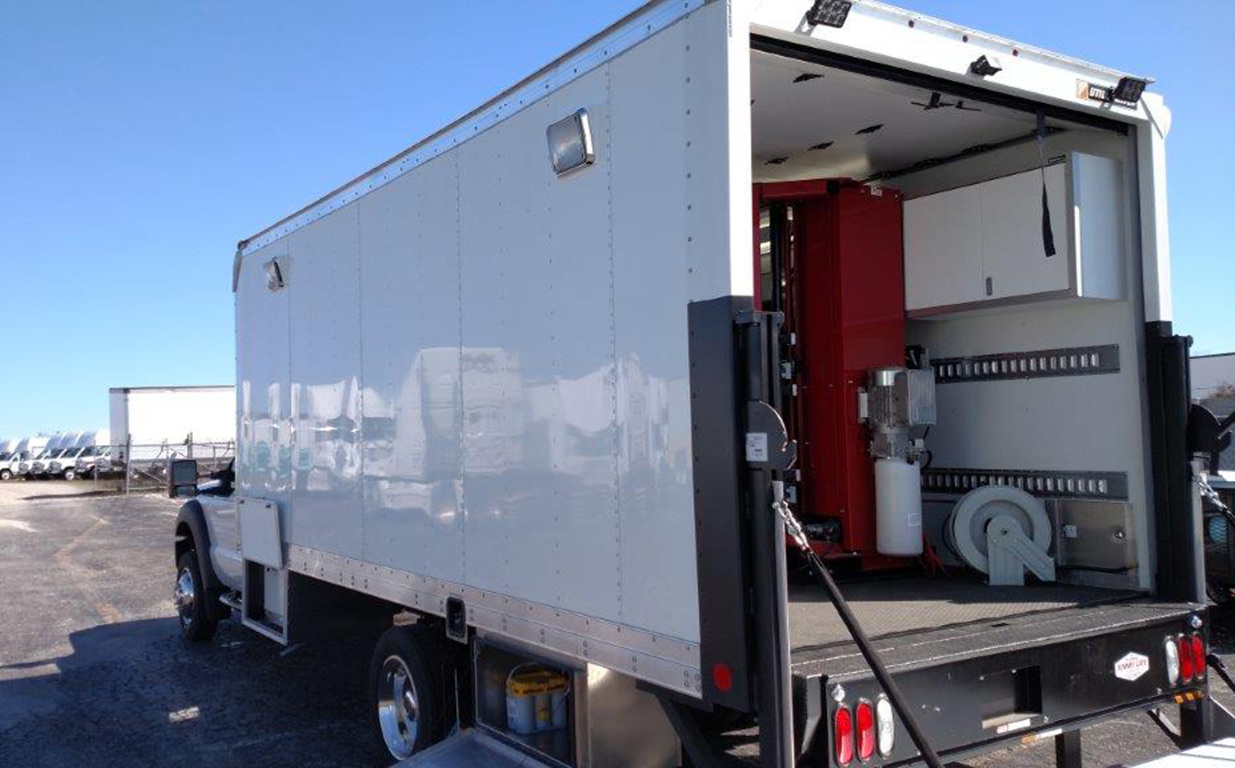Cost Effective Mobile Tire Replacement Las Vegas - Call Now!
Cost Effective Mobile Tire Replacement Las Vegas - Call Now!
Blog Article
Tire Solution: Proven Approaches for Optimal Tire Maintenance and Care
From ensuring proper tire pressure to normal turning and alignment, there are tried and tested methods that can considerably extend the life-span of your tires and enhance total driving experience. Let's dive right into the world of tire service and find the keys to maintaining your tires in excellent shape for the lengthy haul - Mobile Tire Replacement Las Vegas.
Value of Tire Pressure
Appropriate tire stress is an important consider making sure ideal vehicle efficiency and security when driving. Keeping the recommended tire pressure levels provided by the supplier uses numerous benefits. To start with, adequate tire pressure promotes far better gas efficiency, as under-inflated tires can result in boosted rolling resistance, creating the engine to work more difficult and consume even more fuel. Right tire stress ensures even tread wear, enhancing tire long life and saving cash in the lengthy run by delaying the requirement for premature replacements. Additionally, properly pumped up tires add to boosted handling and braking capabilities, vital for risk-free driving in various road conditions. Over-inflated tires, on the other hand, can cause reduced traction and a harsher adventure. Conversely, under-inflated tires are susceptible to getting too hot, which can result in blowouts and accidents. On a regular basis changing and inspecting tire pressure, specifically eventually journeys, is an easy yet efficient way to boost vehicle efficiency, extend tire lifespan, and focus on security when traveling.
Tire Rotation Guidelines
When considering tire rotation standards, it is important to comprehend the relevance of this maintenance task in making the most of tire life-span and maintaining optimal car efficiency. Tire rotation involves altering the placement of each tire on a lorry to ensure even step wear. Front tires tend to put on quicker than back tires as a result of steering pressures, making regular rotation crucial for balanced wear patterns. The recommended rotation pattern differs depending on whether a car is front-wheel, rear-wheel, all-wheel, or 4x4. Usually, tires need to be rotated every 5,000 to 7,500 miles, or as advised in the car handbook. Overlooking tire rotation can lead to irregular wear, affecting handling, traction, and possibly compromising vehicle security. By sticking to proper rotation standards, drivers can prolong the life of their tires, improve gas effectiveness, and improve overall driving experience. Normal rotation is an easy yet reliable upkeep practice that adds substantially to tire durability and vehicle performance.

Advantages of Wheel Positioning
Making certain correct wheel alignment after tire rotation is crucial for keeping balanced wear patterns and optimizing lorry efficiency. Wheel placement refers to the change of the angles of the wheels to the maker's requirements. Among the crucial benefits of wheel positioning is enhanced guiding and managing feedback. When the wheels are properly straightened, it decreases steering effort, making sure a smoother and much more regulated driving experience. Furthermore, right wheel placement assists to prolong the life-span of your tires. Misaligned wheels can create uneven tire wear, resulting in early tire replacement and raised maintenance costs.

Tire Tread Depth Inspect
Executing a normal examination of tire walk deepness is essential for maintaining secure driving problems and lengthening the life expectancy of your tires. Unequal walk wear can show concerns with tire positioning, pressure, or suspension, highlighting the importance of routine tread depth checks. By integrating tire step depth checks into your regular upkeep schedule, you can drive with self-confidence knowing that your tires are in top condition.
Seasonal Tire Assessment
Seasonal tire assessment is a basic facet of tire upkeep that makes sure tires are ready to deal with the challenges positioned by various climate problems. In preparation for winter season, it is necessary to check the tire stress consistently as cold temperature levels can cause tire stress to drop. By performing regular seasonal tire inspections, chauffeurs can prolong tire life expectancy, improve gas performance, and most notably, make sure a secure driving experience in varying climate conditions.
Conclusion
To conclude, keeping correct tire stress, rotating tires frequently, straightening wheels properly, monitoring step deepness, and performing seasonal inspections are essential practices for optimal tire treatment. By complying with these shown techniques, chauffeurs can ensure their tires last longer, carry out far better, and add to total lorry safety. It is vital to prioritize tire maintenance to stop mishaps, enhance gas effectiveness, and prolong the lifespan of tires.
Appropriate tire pressure advertises far better fuel performance, as under-inflated tires can lead to raised rolling resistance, causing the engine to function tougher and consume even more gas.When taking into consideration tire turning standards, it is crucial to recognize the importance of this upkeep job in maximizing tire life expectancy and preserving optimum car efficiency. Seasonal tire evaluation is an essential aspect of tire upkeep that makes sure tires are ready to encounter the obstacles posed by different his response weather condition conditions. By carrying out regular seasonal tire inspections, chauffeurs can prolong tire lifespan, enhance fuel efficiency, and most notably, make sure a secure driving experience in differing weather next page conditions.
In conclusion, keeping proper tire pressure, turning tires routinely, lining up wheels properly, monitoring step deepness, and carrying out seasonal examinations are crucial practices for ideal tire treatment.
Report this page